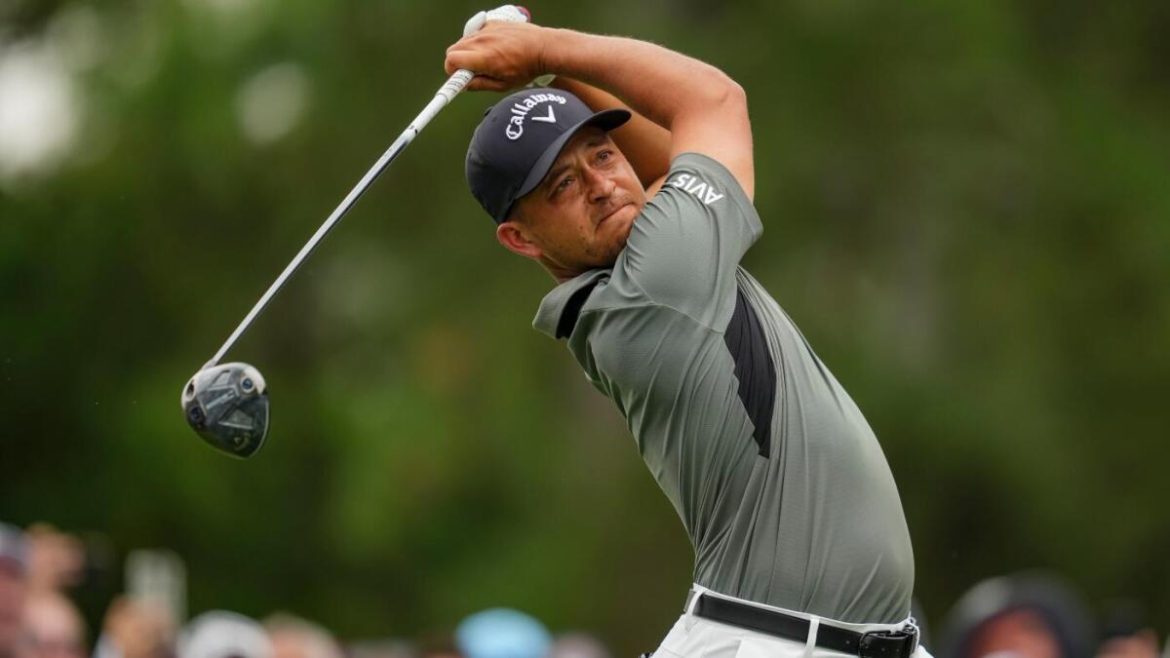The 2025 U.S. Open: Advanced Model Predictions and Surprising Insights
Introduction
The 2025 U.S. Open, one of golf’s most prestigious majors, is already generating buzz thanks to a sophisticated predictive model that has proven remarkably accurate, having correctly nailed 15 major tournament outcomes, including the last four Masters and multiple other events. This analysis delves into the model’s predictions for the U.S. Open field, odds, and surprising outcomes, offering an in-depth look at prospective frontrunners and dark horses.
Predictive Model Performance and Methodology
The cornerstone of these insights is a model that simulated the 2025 U.S. Open 10,000 times, providing a robust statistical foundation for its forecasts. Such extensive simulation allows for a nuanced understanding of player performance variability and course conditions, integrating historical data and recent form to generate probabilities rather than simplistic guesses. The model’s track record boosts confidence in its presented odds and projected leaderboard.
Key Favorites and Odds Overview
Scottie Scheffler leads the 2025 U.S. Open odds as the top favorite at +320. Coming off his third major victory at the PGA Championship, Scheffler’s recent success positions him as the player to beat. Rory McIlroy follows at +550, supported by his consistent performances and rivalry with Bryson DeChambeau (+900), the defending U.S. Open champion known for his unique approach and length off the tee.
Other notable contenders include Jon Rahm (+1200), a former U.S. Open champion and two-time major winner, as well as Xander Schauffele (+1700), both boasting strong credentials but facing questions on consistency. Tyrrell Hatton is highlighted as a surprise dark horse at +5000 (50-1), with the model indicating strong runs that could disrupt traditional expectations and appeal to bettors seeking high reward.
Surprising Predictions and Upsets
One of the more striking findings is that Jon Rahm, despite being a former U.S. Open champion and a top competitor, is projected to falter and barely make the top 10. This prediction is particularly intriguing given Rahm’s recent contention at the PGA Championship, where he even shared the lead in the final round. The model’s suggestion of Rahm stumbling adds an element of unpredictability and underscores the dynamic nature of major tournaments.
Similarly, the model’s recognition of Tyrrell Hatton as a potential title challenger challenges conventional wisdom and betting patterns. A 50-1 underdog making a strong run reflects the possibility that experience, course fit, and situational factors could propel a less heralded player into the spotlight.
Emerging Themes: Experience, Momentum, and Course Fit
The predictions emphasize a delicate balance between raw talent, recent form, and course suitability. Scheffler’s dominant recent performances lend momentum and confidence, while McIlroy’s and DeChambeau’s inclusion among top favorites highlight their capacity to deliver under pressure. The model’s nuanced outlook suggests that a blend of veteran savvy and current sharpness will likely define the leaderboard.
Moreover, the model’s probabilistic approach highlights that outcomes are not deterministic; even favorites have substantial variance in performance outcomes. This insight encourages bettors and fans to look beyond headline names and consider value picks supported by analytical data.
Projected Leaderboard Insights
The projected leaderboard, derived from thousands of simulated tournaments, shows a fluctuating top tier with Scheffler often emerging victorious but with multiple plausible challengers ready to seize the moment. The subtle interplay among players like McIlroy, DeChambeau, and the surprising entries like Hatton or Schauffele ensures the 2025 U.S. Open remains wide open and highly competitive.
Conclusion: Anticipating an Exciting U.S. Open in 2025
This advanced predictive model paints an intriguing picture of the 2025 U.S. Open, blending expected favorites with unexpected twists. Scottie Scheffler’s favored status is justified by recent triumphs, yet the model’s forecasts inject uncertainty, particularly with Jon Rahm’s predicted stumble and Tyrrell Hatton’s potential rise. Golf enthusiasts and bettors alike should prepare for a pulsating tournament where statistical insight meets on-course drama, ensuring the U.S. Open’s tradition of unpredictability and excitement continues unabated.





